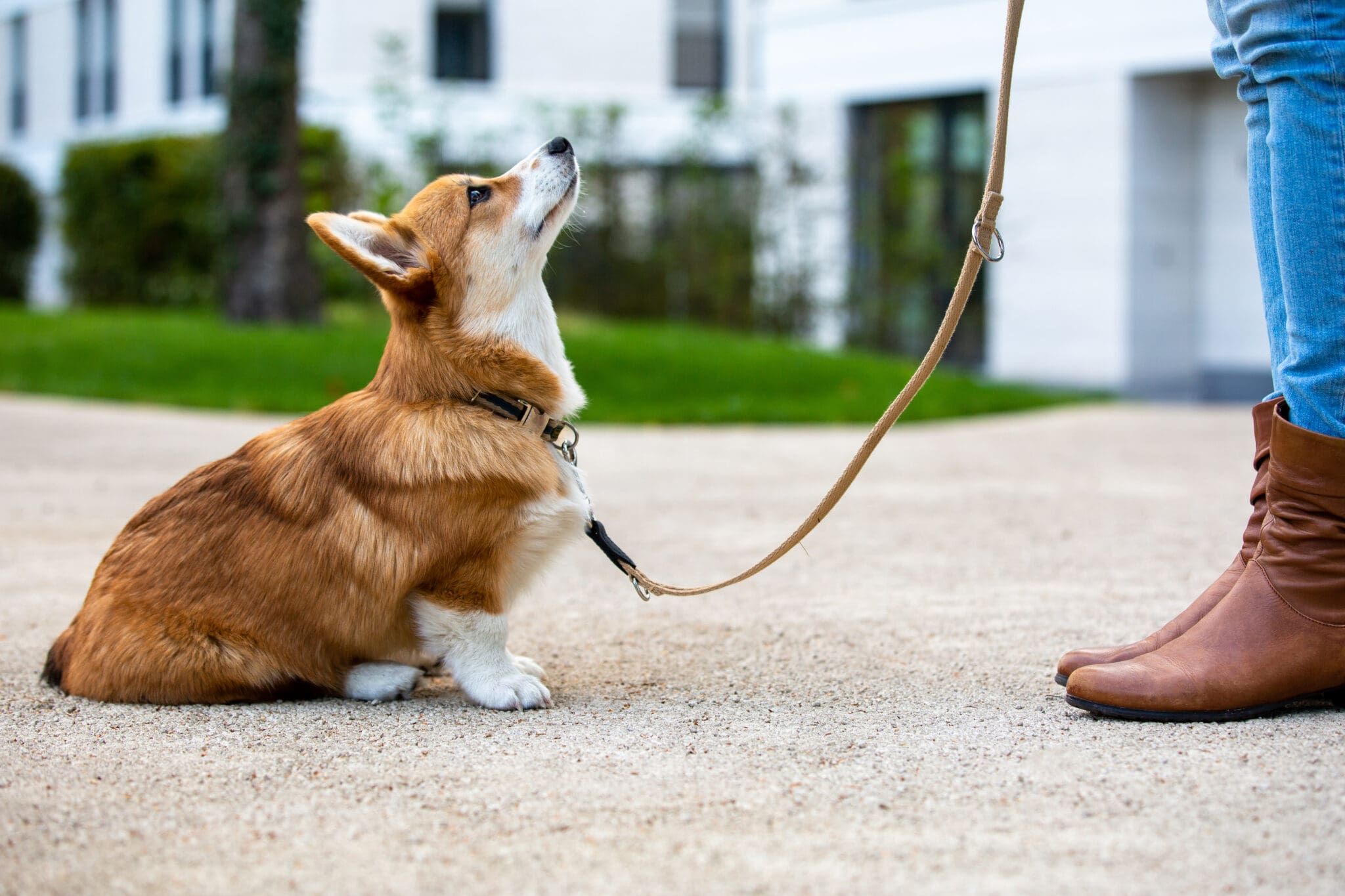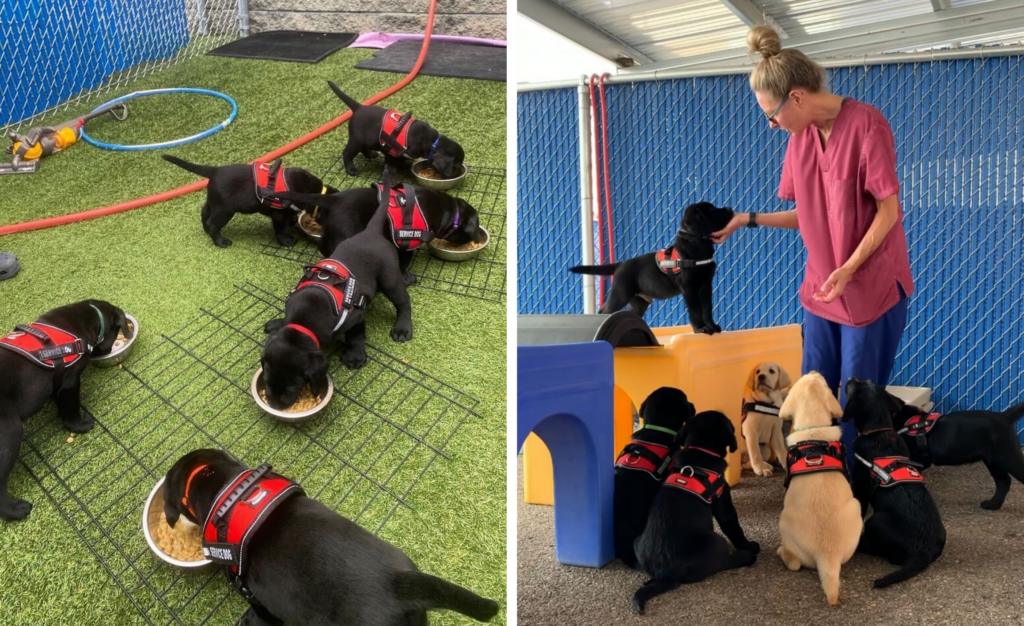Dog Training for First-Time Pet Owners: What You Need to Know
Dog Training for First-Time Pet Owners: What You Need to Know
Blog Article
Transform Your Dog's Habits With Proven Training Methods
Transforming your pet dog's habits needs a nuanced understanding of their individual traits and needs, as well as the application of proven training methods. By utilizing favorable support and recognizing essential signs in their body movement, you can effectively resolve typical behavior concerns such as too much barking or leaping. Uniformity in your training method not just boosts obedience yet additionally promotes a deeper bond of count on and respect in between you and your pet dog. Nonetheless, the course to successful change may offer unpredicted obstacles that warrant more exploration.
Comprehending Pet Dog Behavior
Comprehending canine habits is necessary for efficient training and interaction between human beings and their canine buddies. Dogs, as social pets, exhibit a series of behaviors affected by genetics, atmosphere, and experiences - Dog training. Identifying these actions assists owners tailor their training approaches to satisfy the details needs of their canines
Secret elements of canine habits consist of body language, articulations, and social interactions. A wagging tail frequently shows exhilaration, while a reduced head might indicate submission or anxiety. Recognizing these signals can help owners translate their dog's mood and react appropriately. Furthermore, socializing plays an essential duty in forming actions; dogs that communicate positively with other pets and various individuals are normally much more well-adjusted and versatile.
In addition, acknowledging tension signals-- such as evasion, pacing, or panting habits-- can prevent acceleration right into a lot more severe problems. Owners who are in harmony with their dog's actions can develop a secure and nurturing atmosphere, promoting count on and improving the training process. Eventually, a deep understanding of canine behavior lays the structure for an unified partnership and reliable training outcomes, guaranteeing both pet dogs and their owners prosper with each other.
Favorable Reinforcement Strategies
Favorable support methods are extensively recognized as one of the most reliable methods for training pet dogs, fostering a favorable knowing atmosphere. This technique involves fulfilling desired actions with treats, appreciation, or play, consequently encouraging the dog to repeat those habits. Unlike corrective methods, positive reinforcement constructs count on and strengthens the bond between the canine and the fitness instructor.
To apply positive reinforcement efficiently, timing is important. Benefits ought to be given instantly complying with the desired behavior to help the dog make the link. Uniformity is also important; using the exact same commands and benefits assists the dog comprehend what is anticipated. Additionally, varying the rewards can keep the canine engaged - Dog training. For example, rotating between deals with, playthings, and spoken praise can preserve rate of interest and inspiration.
It is necessary to note that positive support is not regarding bribery; instead, it is about enhancing excellent behavior. Over time, as the pet discovers to associate details activities with positive results, the regularity of benefits can be gradually lowered, transitioning to verbal appreciation or intermittent incentives. This technique not only motivates obedience but likewise promotes a certain and delighted pet, making training a much more pleasurable experience for both parties entailed.
Resolving Common Concerns
Dealing with usual issues during pet training is crucial for guaranteeing a unified and successful relationship between the pet dog and its proprietor. Numerous pet dog proprietors experience behavior difficulties, such as too much barking, jumping, and leash drawing. Recognizing the root causes of these habits is crucial for reliable training.
To minimize this, offer ample physical exercise, mental excitement, and possibilities for social interaction with both human beings and various other pets. Training the canine to rest my site upon welcoming can redirect this actions positively.
Leash drawing is an additional prevalent problem, often resulting from a pet dog's eagerness to explore. Making use of correct chain managing strategies, incorporated with training protocols that urge loose-leash strolling, can dramatically enhance this habits.
Furthermore, problems like source safeguarding or splitting up stress and anxiety need tailored strategies. Progressive desensitization and counter-conditioning can be reliable in addressing these challenges. By acknowledging and proactively taking care of these usual concerns, pet owners can foster a much more satisfying training experience and enhance the bond with their canine friends.
Uniformity in Training

To achieve uniformity, it is important that all participants of the family stick to the same training approaches. For instance, utilizing the exact same spoken hints and hand signals ensures that the why not try here pet receives uniform messages. In addition, the timing of benefits and corrections must be consistent; instant support increases the probability that the dog will certainly link the habits with the end result.
Moreover, developing a routine can better improve uniformity. Regular session, combined with organized schedules for feeding, walking, and play, aid dogs expect and recognize their setting, making them more receptive to training. Ultimately, consistency cultivates a complacency and trust fund, encouraging dogs to get more information properly. By dedicating to a structured approach, fitness instructors can advertise positive behavior changes and cultivate a courteous buddy.
Building a Solid Bond
Just how can promoting a strong bond between a canine and its owner boost the training experience? A strong connection built on trust and regard offers as the structure for efficient training. When a canine feels secure in its connection with its proprietor, it is extra most likely to display positive behaviors and be responsive to discovering. This bond urges the dog to involve completely in training sessions, as it checks out the owner as a resource of advice and support.
In addition, a strong bond assists in better interaction. Canines are adept at reviewing human cues, and a relying on connection allows for more clear signals during training. Proprietors who invest time in structure this bond with play, socializing, and positive reinforcement create a setting where dogs really feel eager and inspired to learn.
Furthermore, a reputable link can reduce you could check here anxiousness and behavioral problems, as dogs are less most likely to act out when they really feel understood and looked after. For that reason, focusing on the development of a strong bond not only boosts the training experience but also contributes to a better and much more well-adjusted pet. Ultimately, the journey of training transforms into a collective collaboration, resulting in lasting behavioral renovations.
Verdict

Proprietors who are attuned to their canine's habits can develop a nurturing and safe setting, cultivating depend on and improving the training process. Ultimately, a deep understanding of canine habits lays the foundation for an unified partnership and reliable training results, guaranteeing both dogs and their owners grow together.
Addressing usual problems during pet training is necessary for making sure a harmonious and effective connection between the pet dog and its owner.Consistency is a keystone of efficient canine training, as it establishes a clear structure for the pet dog to understand assumptions and actions.In conclusion, changing a canine's actions through confirmed training methods calls for an understanding of canine behavior, the application of favorable reinforcement methods, and a focus on consistency.
Report this page